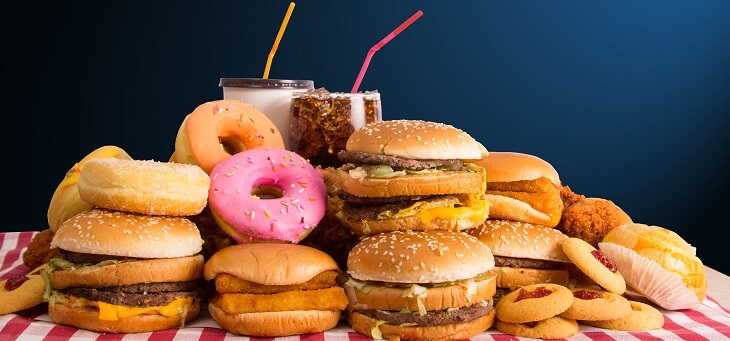In a world where the term ‘ultra-processed foods’ (UPFs) often carries a negative connotation, one dietitian’s month-long journey into the heart of convenience eating has sparked a conversation that challenges widely held beliefs. Jessica Wilson, a 42-year-old dietitian from California, embarked on an experiment that turned heads and raised eyebrows when she decided to consume a diet consisting almost entirely of UPFs for an entire month. Her findings, which she shared in an exclusive interview, may surprise many.
Wilson’s experiment was not just a personal challenge but also a professional inquiry into the true impact of UPFs on health. She consumed foods with more than five ingredients, including pre-packaged meals, frozen dinners, and takeaway food, which are often labelled as unhealthy due to their high levels of processing. However, Wilson’s post-experiment insights suggest that UPFs may not deserve the bad rap they often receive.
You May Like
One of the most significant issues Wilson highlighted is the confusion surrounding the definition of UPFs. With multiple interpretations from various health experts, consumers are left bewildered. For instance, a fresh croissant from a Parisian bakery could be classified as a UPF simply because the flour has been milled. Wilson criticises this lack of clarity, suggesting that it only adds to consumer anxiety and the phenomenon she terms ‘analysis paralysis’.
Throughout her UPF diet, Wilson’s daily meals included items like a Trader Joe’s egg sandwich for breakfast, cashew yoghurt with flaxseeds and jam for a snack, canned chilli for lunch, and a pre-packaged pasta and meatball dish for dinner. Despite the additives and more than five ingredients in these foods, Wilson reported unexpected benefits, such as feeling less hungry, experiencing less fatigue, and even an improvement in her mood and activity levels.
Two weeks into her diet, Wilson was surprised to find that she was moving around more, needed less caffeine, and was generally less irritable after work. Her wife even noticed that she was ‘complaining less and doing more’. By the end of the month, Wilson had not only maintained her weight but also noticed a positive change in her body composition, having to tighten the waist leash she used to walk her dog.
Wilson’s approach to selecting UPFs was guided by the Nova food classification system, which ranks foods based on their level of processing. However, she criticises the system for being confusing and not always clear in distinguishing between different categories of processed foods.
The dietitian’s experiment has led her to believe that not all UPFs are detrimental and that there is an excessive amount of confusion surrounding them. She argues that a better understanding of the products on grocery store shelves is needed and that the conversation should shift from demonising UPFs to addressing broader societal issues such as income inequality and access to fresh fruits and vegetables.
Wilson’s findings suggest that while UPFs can be part of a healthy diet, the key lies in balance and understanding. She emphasises the importance of not shaming adults for their food choices, especially when many ‘healthy’ products like protein shakes and supplements are also industrially processed.
The discussion around processed foods is shifting, raising questions about balance and nutrition. How do you incorporate convenience and health into your diet? Have you found a strategy that works or are you still figuring it out? Share your journey below—let’s learn from each other!

